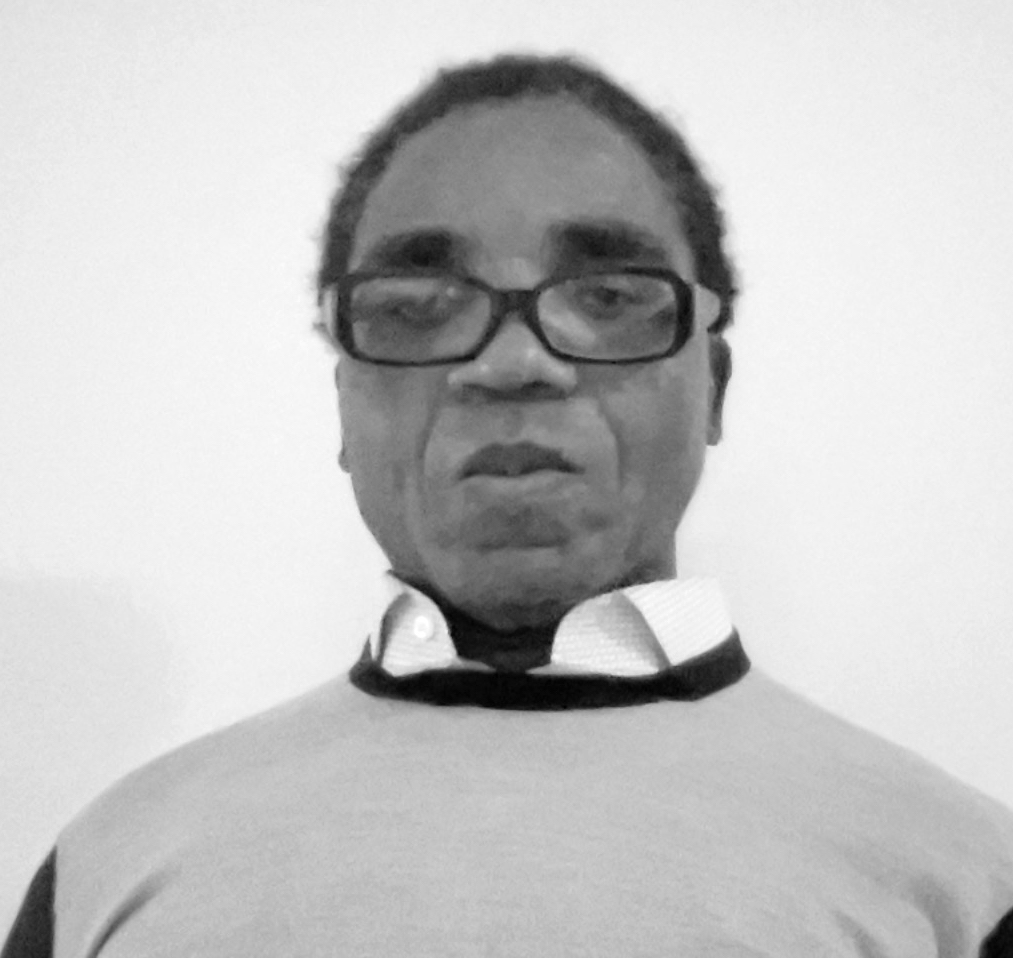I have always viewed Black History Month as both a time to take stock of Black communities’ collective struggles for visibility as well as to celebrate their contributions to the advancement of Canada. However, the prevalence of homelessness among Black youth suggests that there is still work to be done. At the Canadian Observatory on Homelessness (COH), we believe that to address homelessness, we must understand the roots of racial disparities and take meaningful action to reverse structural inequities.
The COH, in collaboration with Dr. Carl James and Dr. Gillian Parekh at York University, has created a research team with a focus on Black youth homelessness. This team will help the COH to deepen its understanding of homelessness as it pertains to Black youth.
The team will explore the following questions:
1. How does intersectionality affect the experiences of homelessness for Black youth?
Deepening our knowledge of Black youth homelessness requires us to go beyond documenting the prevalence of homelessness among Black youth. We must also consider how intersectionality affects this population. For example, it is important to learn about gender and sexual orientation, among other demographic and sociological information, of the individuals being studied. The intersection of racial and sexual orientation is a theme in homelessness literature that is well established. There has been at least one research study done in Toronto that focused on this intersection especially as it relates to transgender and gender non-conforming Black youth.
2. What role does involvement in the criminal justice system play in the pathway to homelessness for Black youth?
Even though Black individuals only represent 3% of Canada’s population, they account for a disproportionate percentage of youth experiencing homelessness. We must explore how systemic discrimination contributes to pathways into homelessness for Black youth. Research suggests that the frequency of discriminatory over-incarceration affects Black youth disproportionately in two ways. First, the incarceration regime brought on by the war on drugs in Canada and the US has had (and continues to have) undesirable effects on Black communities and this affects Black youth because it removes their parents from their lives at key moments in the development. Studies show that this has had negative effects on the educational outcomes and has contributed to cognitive issues for their children. Second, evidence suggests that Black youth are increasingly over-represented in the youth justice system. The discriminatory practices within the justice system have been documented by the Roots of Violence Report. The impact of negative encounters with police has also been explored extensively, including the in-depth analysis conducted by the Toronto Star using Toronto Police Services arrest data.
Understanding the correlation between the education and justice systems will be important in our research because there is a strong link between not completing high school and youth homelessness. Therefore, paying attention to how Black youth who are homeless have been and are exposed to the justice system may help to explain the present state of Black youth homelessness as well as what prevention and intervention measures might disrupt these pathways into homelessness.
3. What role, if any, might the over-representation of Black youth in the child welfare system play in the prevalence of their homelessness?
Black youth are over-represented in the child welfare system. There is a studied correlation between homelessness and previous involvement in the child protection system. Few studies in Canada have looked specifically at this issue with respect to Black youth. One study that did examine this issue did not find an association. However, there were several factors that may have affected the results. It can be difficult to capture the link between previous involvement in the child welfare system and homelessness because the youth that might have been affected never entered the shelter system to begin with. This highlights the need for further studies.
Answering these questions completely requires more than a comparative analysis. It is important that we understand Black youth homelessness in its own right - separate and apart from how it compares to other racial groups. It is also important to go beyond North American data and literature when investigating the answers to these questions. While there is extensive American research on the issue of Black youth homelessness, it may be useful to look at other countries like the UK, France, and the Netherlands where the profiles of their Black homeless youth population may be more similar to Canada’s. In the American data, immigration as a path to youth homelessness is not as evident as it is in the Canadian data. Focusing on one or more of the three European countries could present its own challenges including definitional differences in how key research terms are defined.
Furthermore, deepening our understanding of Black youth homelessness requires that we work closely with community agencies who provide services to this population. We also want to ensure that we talk to Black youth who have or are currently experiencing homelessness in ways that underscore their agency and respect their humanity. Talking to youth with the ethics demanded by this approach might give us insight into their realities of navigating the shelter system as Black youth. It might also enable us to assess their encounters with the police and the child protection systems. We want to undertake this research using a process that encourages effective inclusion and participatory research practices.
In the spirit of togetherness inspired by Black History Month, we want to do this work in collaboration with as many people and partners of the COH, and beyond, as possible.
To learn more about this work, contact Nathan Okonta, COH’s Research Associate on Black Homelessness at okontani@yorku.ca.

